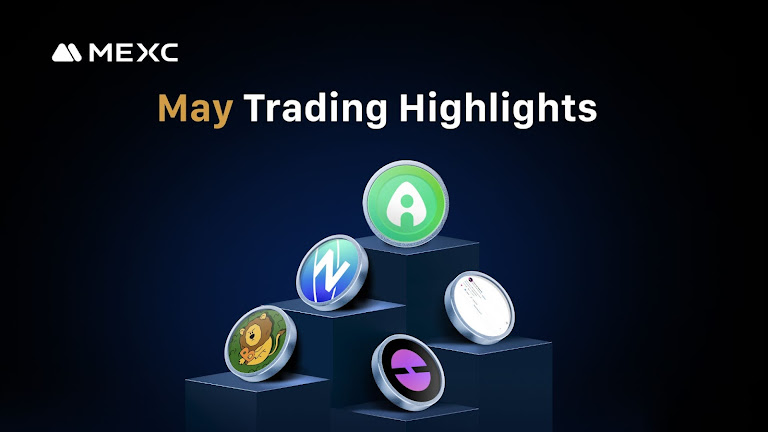Anthropic shared insights from their project aimed at assessing the potential risks associated with AI models in the realm of biorisk. The main focus was to understand the model’s capabilities concerning harmful biological information, such as specifics related to bioweapons.

Over a span of six months, experts invested over 150 hours working with Anthropic’s advanced models, speculated to be “Claude 2”, to gain a deeper understanding of these models’ proficiency. The process involved devising special prompts, termed as “jailbreaks”, which were formulated to evaluate the model’s response accuracy. Additionally, quantitative methods were employed to ascertain the model’s capabilities.
While the in-depth results and specific details of the research remain undisclosed, the post offers an overview of the project’s key findings and takeaways. It has been observed that advanced models, including Claude 2 and GPT-4, possess the capability to furnish detailed, expert-grade knowledge, though the frequency of such precise information varies across different subjects. Another significant observation is the incremental capability of these models as they expand in size.
One of the paramount concerns stemming from this research is the potential misuse of these models in the realm of biology. Anthropic’s research suggests that Large Language Models (LLMs), if deployed without rigorous supervision, could inadvertently facilitate and expedite malicious attempts in the biological domain. Such threats, though currently deemed minor, are projected to grow as LLMs continue to evolve.
Anthropic emphasizes the urgency of addressing these safety concerns, highlighting that the risks could become pronounced in a time frame as short as two to three years, rather than an extended five-year period or longer. The insights gleaned from the study have prompted the team to recalibrate their research direction, placing an enhanced emphasis on models that interface with tangible, real-world tools.
For a more detailed perspective, especially concerning GPT-4’s capabilities in chemical mixing and experiment conduction, readers are encouraged to refer to supplementary sources and channels that delve deeper into the intricacies of how linguistic models could potentially navigate the realm of physical experiments.
Recently, we shared the article discusses the creation of a system that combines multiple large language models for autonomous design, planning, and execution of scientific experiments. The system demonstrates the research capabilities of the Agent in three different cases, with the most challenging being the successful implementation of catalyzed reactions. The system includes a library that allows Python code to be written and transferred to a special apparatus for conducting experiments. The system is connected to GPT-4, a top-level scheduler that analyzes the original request and draws up a research plan.
The model has been tested with simple non-chemical tasks like creating shapes on a chemical board and filling cells correctly with substances. However, real experiments were not carried out, and the model has written chemical equations multiple times to understand the amount of substance needed for the reaction. The model has also been asked to synthesize dangerous substances like drugs and poisons.
Some requests have the model refuse to work, such as heroin or the battle poison Mustard. However, for some requests, the model has aligned with the OpenAI team, allowing the model to understand that it is being asked to do something wrong and goes into refusal. The alignment procedure is noticeable and encourages large companies developing LLMs to prioritize the safety of models.
MPost’s Opnion: Anthropic has shown a proactive approach to understanding potential risks associated with their models. Investing over 150 hours in evaluating the model’s ability to infer harmful biological information demonstrates their commitment to understanding the potential negative consequences of their technology. Engaging experts to evaluate the model suggests a thorough and rigorous approach. External experts can provide a fresh perspective, unbiased by the development process, ensuring that the assessment is comprehensive. Anthropic has adapted its future research plan based on the findings from this study. Adjusting research directions in response to identified risks shows a willingness to act on potential threats to human safety. Anthropic has been open in sharing broad trends and conclusions from their research, but they purposefully haven’t published specifics. Given that disclosing information might encourage misuse, this can be seen as a responsible choice. It also makes it challenging for outside parties to independently verify their claims. Their capacity to anticipate risks and suggest that particular threats may intensify in two to three years demonstrates their forward-thinking. Future challenges can be predicted, allowing for early intervention and the creation of safety measures. They appear to be aware of the implications and risks of AI models interacting with physical systems given their focus on models using real-world tools.
Read more about AI:
Read More: mpost.io









 Bitcoin
Bitcoin  Ethereum
Ethereum  Tether
Tether  XRP
XRP  Solana
Solana  USDC
USDC  Dogecoin
Dogecoin  TRON
TRON  Cardano
Cardano  Lido Staked Ether
Lido Staked Ether  Wrapped Bitcoin
Wrapped Bitcoin  Hyperliquid
Hyperliquid  Sui
Sui  Wrapped stETH
Wrapped stETH  Chainlink
Chainlink  Avalanche
Avalanche  LEO Token
LEO Token  Stellar
Stellar  Bitcoin Cash
Bitcoin Cash  Toncoin
Toncoin  Shiba Inu
Shiba Inu  Hedera
Hedera  USDS
USDS  Litecoin
Litecoin  WETH
WETH  Wrapped eETH
Wrapped eETH  Polkadot
Polkadot  Monero
Monero  Binance Bridged USDT (BNB Smart Chain)
Binance Bridged USDT (BNB Smart Chain)  Ethena USDe
Ethena USDe  Bitget Token
Bitget Token  Pepe
Pepe  Coinbase Wrapped BTC
Coinbase Wrapped BTC  Pi Network
Pi Network  WhiteBIT Coin
WhiteBIT Coin  Aave
Aave  Uniswap
Uniswap  Dai
Dai  Bittensor
Bittensor  Ethena Staked USDe
Ethena Staked USDe  Internet Computer
Internet Computer  OKB
OKB  Aptos
Aptos  NEAR Protocol
NEAR Protocol  Cronos
Cronos  BlackRock USD Institutional Digital Liquidity Fund
BlackRock USD Institutional Digital Liquidity Fund  Jito Staked SOL
Jito Staked SOL  Ondo
Ondo  Ethereum Classic
Ethereum Classic